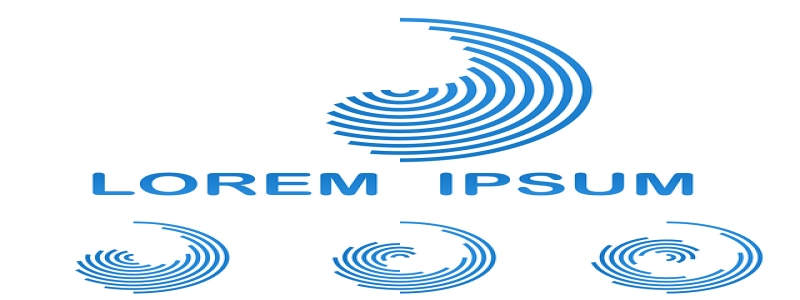10G Fiber Optic Cable
Introduction:
The advancement in technology has led to an increasing demand for high-speed internet connections. To meet this demand, new and more efficient communication infrastructure is required. One such technology that has revolutionized the way data is transmitted is the 10G fiber optic cable. This article will explore the various aspects of the 10G fiber optic cable and its significance in the digital world.
1. What is 10G Fiber Optic Cable?
The 10G fiber optic cable is a type of optical fiber cable that is capable of transmitting data at a speed of 10 Gigabits per second (Gbps). It consists of several thin strands of pure glass, called optical fibers, that are bundled together in a protective outer sheath. These optical fibers use the principles of total internal reflection to transmit data signals in the form of light pulses.
2. How Does it Work?
The 10G fiber optic cable works on the principle of light transmission. The optical fibers inside the cable are made of glass or plastic and have a core surrounded by a cladding that has a lower refractive index. When light enters the core, it undergoes total internal reflection and travels through the fiber without loss of signal strength. The light pulses, which represent data, are encoded and decoded by special devices, known as transceivers, at both ends of the cable.
3. Advantages of 10G Fiber Optic Cable:
– High Speed: The 10G fiber optic cable offers blazing-fast transmission speeds of 10 Gbps, making it ideal for high-bandwidth applications such as video streaming and online gaming.
– Long Distance Transmission: Unlike traditional copper cables, fiber optic cables can transmit data over long distances without signal degradation. The 10G fiber optic cable can transmit data up to 40 kilometers without the need for signal boosters.
– Immunity to Electromagnetic Interference: Unlike copper cables, which are susceptible to electromagnetic interference, fiber optic cables are immune to such disturbances. This makes them more reliable and suitable for use in areas with high electrical interference.
– High Bandwidth: The 10G fiber optic cable has a high bandwidth capacity, which means it can handle a large volume of data transmission simultaneously. This makes it ideal for enterprise networks and data centers.
4. Applications of 10G Fiber Optic Cable:
– Telecommunications: The 10G fiber optic cable is extensively used in the telecommunications industry for long-distance data transmission between network switches, routers, and servers.
– Data Centers: Data centers require high-speed and reliable connectivity to handle the massive amounts of data they process. The 10G fiber optic cable is the preferred choice for connecting servers and storage devices in data centers.
– Internet Service Providers: ISPs use the 10G fiber optic cable to provide high-speed internet connections to their customers.
– Video Streaming: With the increasing popularity of streaming services, the 10G fiber optic cable is crucial for delivering high-definition video content without buffering or lag.
Conclusion:
The 10G fiber optic cable is a technological marvel that has transformed the way data is transmitted. Its high-speed capabilities, long-distance transmission capabilities, and immunity to electromagnetic interference make it an essential component in modern communication networks. As the demand for faster and more reliable internet connections continues to grow, the 10G fiber optic cable will play a crucial role in meeting these requirements and ensuring smooth and uninterrupted data transmission.








